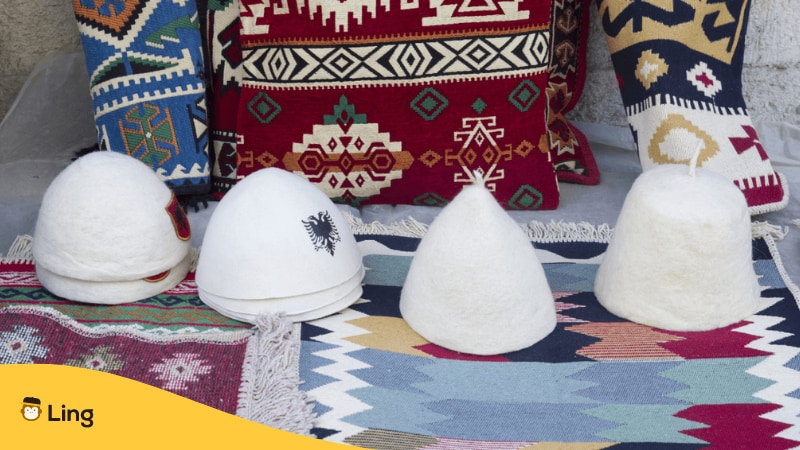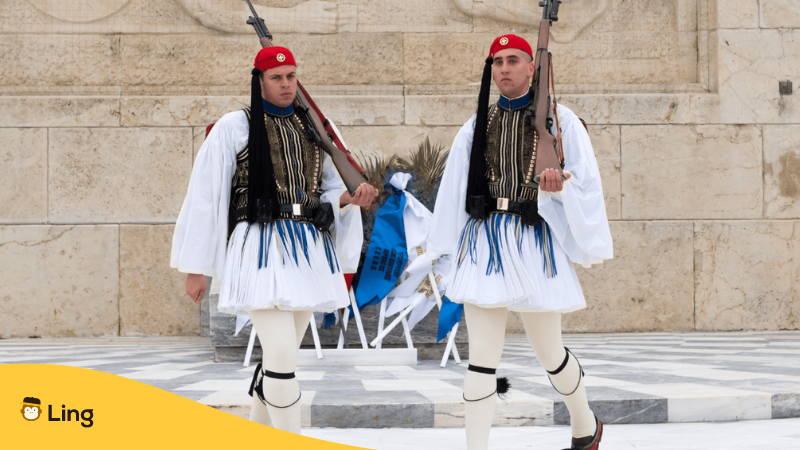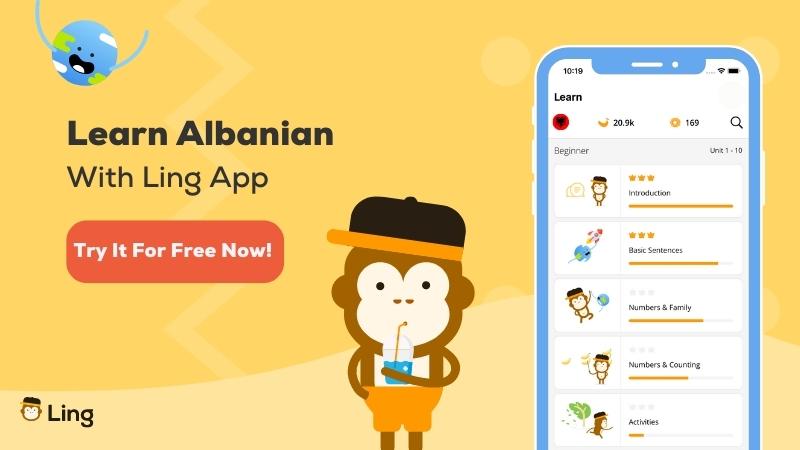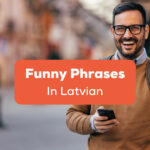What makes clothing culturally significant? It portrays the history and the powerful traditions of that country. Fancy learning more about Albania? There are certain Albanian traditional clothing that you might want to study more about.
The most famous Albanian traditional clothing for men is the fustanella, a skirt-like item. For women, it is the xhubleta which is a bell-shaped skirt.
There are many similarities between traditional Albanian costumes and traditional clothing from other Balkan regions. However, Albanian clothing remains relatively unique for its strong emphasis on Illyrian tradition. Throughout Albanian history, many governments have evoked Illyria as a kind of golden age in the people’s past.
Traditional Albanian clothing is not only worn in Albania. As discussed in our article, sorry in Albanian, Albania has a large diaspora(as many as four times the number of Albanians living outside Albanian as within it). There are minority Albanian communities in Italy, Greece, and Croatia.
Although each region has slightly different customs and costumes, they share similarities, such as pagan symbols, suns, eagles, moons, stars, and snakes.
Why Is Traditional Dress Important?
Traditional costumes, or folk dress, are found in every corner of the world or wherever people live anyway. The traditional costume largely faded into the background in the 20th century, replaced by mass-produced Western items. Denim has become ubiquitous! The citizens of Albanian cities look not much different from those of Northern Europe, America, or China.
Now, people only wear their national costumes at festivals, weddings, and other special occasions. It allows them to remember the past–where their nation came from, and consider where it might be going.

Albanian Traditional Clothing: Headgear
Men
The Qeleshe is a white dome-shaped, brimless hat. It is often imprinted with the Albanian eagle (the same as the Albanian flag).
Women
Kapica means cap in Albanian. It is made of satin and decorated with pewter pendants.

Albanian Traditional Clothing: Pants And Upper Body
Men
The fustanella, as mentioned in the intro, is a white, skirt-like item worn by men. Followers of traditional Scottish clothing would recognize it as a kilt. The fustanella has a fascinating history stretching back to ancient Greece, where it was known as the chiton(tunic). Perhaps the fustanella is more closely related to the kilt than just coincidence. There is a theory that Roman soldiers saw the Scottish kilt in battle and brought the design back to Southern Europe.
As Southern Europe came under the sway of different empires, the fustanella went through different variations. In Byzantine art, you can see their warriors wearing it, as well as the Ottomans later on. However, it needs to be said that until the 20th century, it remained an item only worn by the upper classes because of how complex it was to construct.
Its popularity rose in the 19th century when members of the Greek population adopted it in defiance of Turkish customs. It helped even more, when Albanian rulers gained power in the Ottoman Empire and popularised it even more.
The fustanella has a very complex and specific design. It has about 60 pleats and is made from homemade cloth. Albanians would dip the material in sheep fat to make it waterproof and less visible from a distance. Tirge are long white trousers more suited to colder weather.
A xhamadan is a wool vest or long shirt with intricate embroidery. Upper classes flaunt their wealth by having a xhamadan made with gold thread. When the weather gets cold, Albanians wear a Tallagan (heavy coat) over their xhamadan. (For information about the Albanian climate and when to visit, check out this article from World Travel Guide.
Colors and materials change depending on where you go. For example, northern Albanians wear red velvet xhamadans embroidered in black or gold silk. In Southern Albania, the xhamadan is creamy or dark blue.
Women
The xhubleta is as equally ancient as the fustanella. Statues of people wearing it have been found as far back as 3000 years ago.
As mentioned in the intro, it is a bell-shaped skirt hung from the shoulders by two straps. Its design demands 13 to 17 strips and five pieces of felt. The apron above the skirt is made from wool. Traditionally unmarried women would wear white xhubleta, and married Albanian women would wear all-black outfits.
Albanian Traditional Clothing: Shoes And Socks
Men
Çorape (socks) are made of traditional materials and are usually red or white.
Opinga are traditional shoes worn by many men in the Balkans historically. Evidence shows that they were worn as far back as 2500 years ago.
They are made of a sole piece of leather tied with wool strips. The most iconic is worn in Southern Albanian with an upturned front and pompoms on end. But, again, often, the only people who could afford these items were wealthy Albanian rulers and merchants.

Learn Albanian With Ling
Now we know more about traditional Albanian dress. Perhaps you can consider coming over to our website to learn Albanian.
There is an entire section in the app on clothes and units on pretty much anything else you can imagine. Things start easy and progress gradually until you’re into really complex topics such as legal matters and space travel.
The gamification elements of our app mean that you don’t get bored or frustrated when things become trickier and trickier.
Please think of this blog as a handy accompaniment to the app itself. We have tips and tricks to help you get better and vocabulary guides on everything from facts about religion in Albanian to how to say happy birthday in Albanian.
The Ling app is a handy tool that you can use anywhere. So don’t miss out on the party. Come over now and sign up by downloading it on the Play Store or App Store!





































